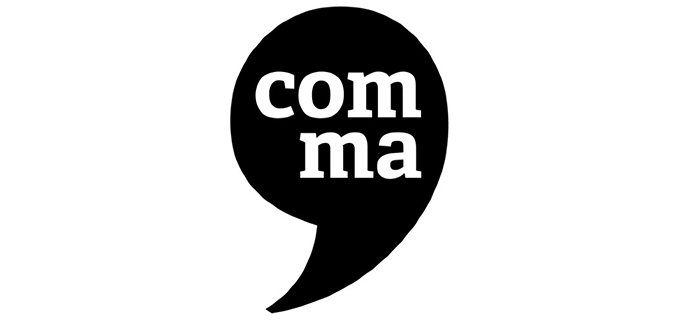
While fiction writers have a special dispensation to scatter sentence fragments and comma splices throughout their ripping yarns, writers of academic prose are held to higher standards. Examiners of theses and reviewers of journal articles expect to see punctuation in the ‘right’ places; that is, correctly deployed according to the current conventions of formal writing.
Sins against the comma are legion, but I’m only going to discuss a few that I see frequently in my work as an academic editor. For a more comprehensive account of comma intricacies, check out these handy USand UK punctuation guides.
Academic writers are generally aware that they are not allowed to splice two sentences together with a comma; the union of two sentences (independent clauses) via a punctuation mark requires the presence of a semicolon:
The interviews were audio recorded, they took 1.5 hours each. ✘
The interviews were audio recorded; they took 1.5 hours each. ✔
It’s also perfectly acceptable and pleasing to transform the two into one by joining them with a comma plus a coordinating conjunction (FANBOYS: for, and, nor, but, or, yet, so). The result is called a compound sentence:
The interviews were audio recorded, and they took 1.5 hours each. ✔
The transgression of splitting the compound predicate becomes common as sentences increase in length. People who would easily recognise that no additional punctuation is needed in the sentence below about Anna’s dining habits may find themselves tempted to insert a comma in the structurally similar, albeit slightly longer, sentence beneath it:
Anna drinks tea and eats a biscuit. ✔
Anna delicately sips a herbal tea, and nibbles on a ginger biscuit. ✘
In each sentence, we have one subject (Anna) and a compound predicate featuring two verbs (drinks/eats) and (sips/nibbles). The unnecessary comma in the second sentence splits the compound predicate, creating a rift between Anna and her activities.
However, if we give Anna three or more things to do, commas between them are fine because that creates a list, and everybody knows commas are often used to separate items in a list! In the example below, the last comma is optional (it’s common in the US but generally omitted in the UK and Australia, except to prevent ambiguity):
Anna delicately sips a herbal tea, nibbles on a ginger biscuit, and burps surreptitiously. ✔
Another option, if you are really keen to have a comma but don’t want Anna making offensive noises, is to repeat the subject, thereby creating what we saw in the third example – a compound sentence:
Anna delicately sips a herbal tea, and she nibbles on a ginger biscuit. ✔
Here’s an even longer, more academic-looking sentence with the same sinful comma:
This qualitative study develops an in-depth understanding of the stresses experienced by home-based carers as they meet the complex needs of a terminally-ill family member, and explores the various strategies they deploy in order to maintain their physical, emotional and mental health. ✘
Once again, there is a single subject (the study) and a compound predicate featuring two verbs (develops/explores). Once again, the comma inserted before ‘and’ is grammatically incorrect.
Options? You could simply omit the comma. Personally, I’d be inclined to make this two sentences by putting a full stop after member and starting the second sentence with: The study also explores …
Or, as in Anna’s case, you can repeat the subject and create two independent clauses joined by a comma and a conjunction (that virtuous compound sentence again):
This qualitative study develops an in-depth understanding of the stresses experienced by home-based carers as they meet the complex needs of a terminally-ill family member, and it explores the various strategies they deploy in order to maintain their physical, emotional and mental health. ✔
Here endeth the lesson. Now, dear readers and writers, go forth and sin no more!
Author Bio: Dr Janene Carey is the journalist/editor of the Bellingen Shire Courier-Sun
